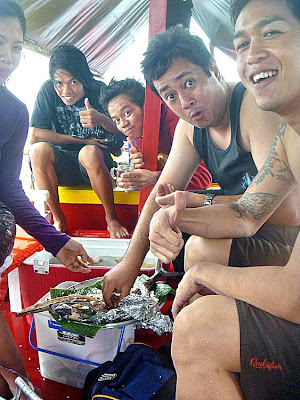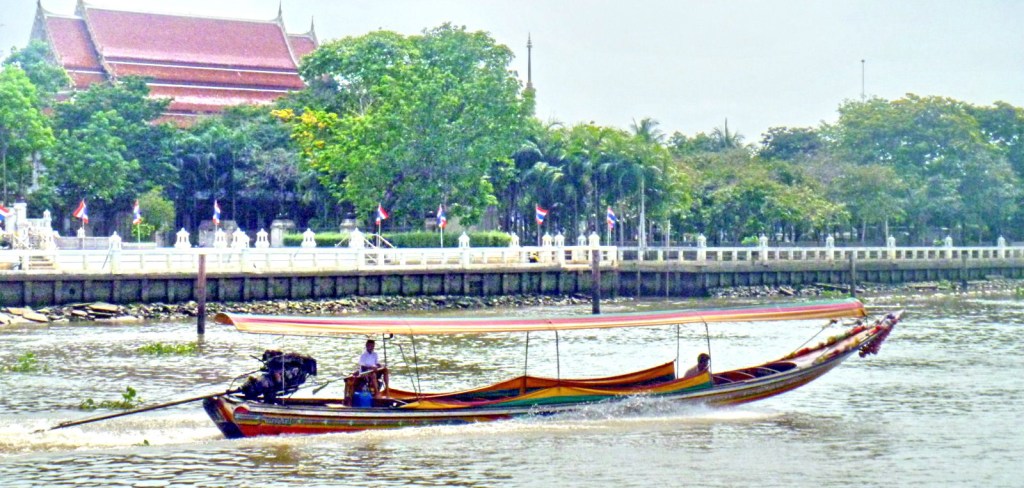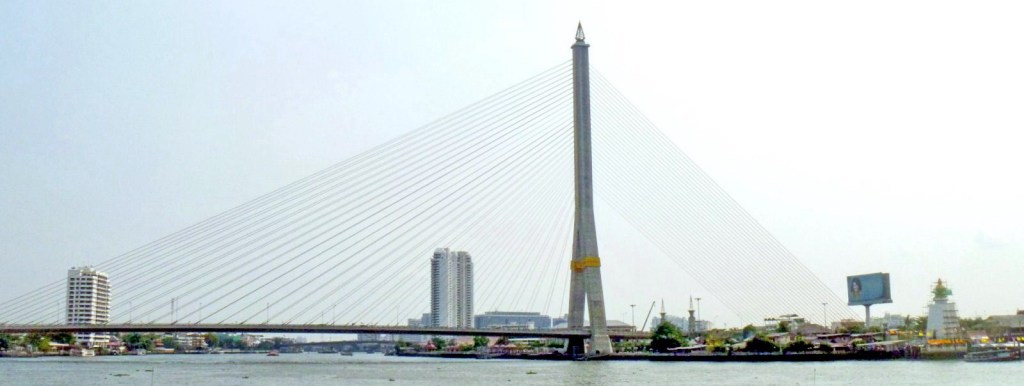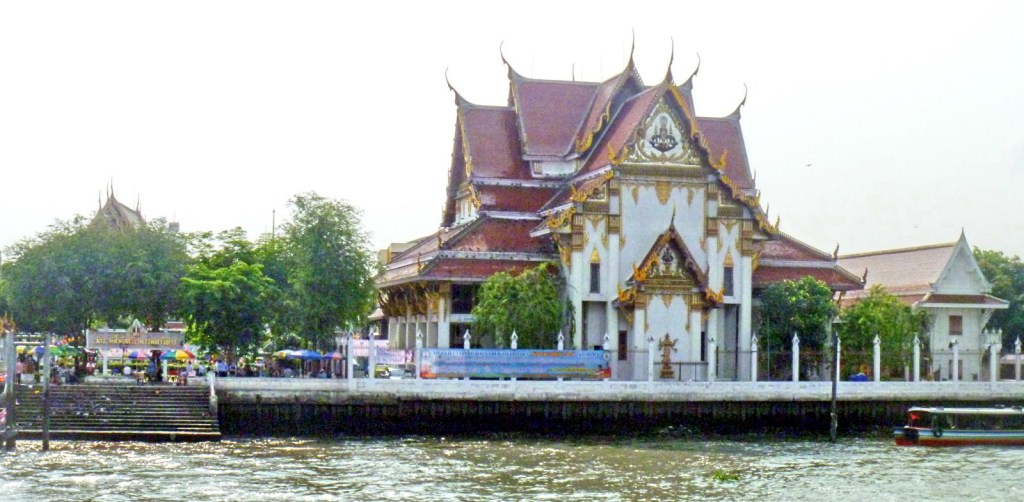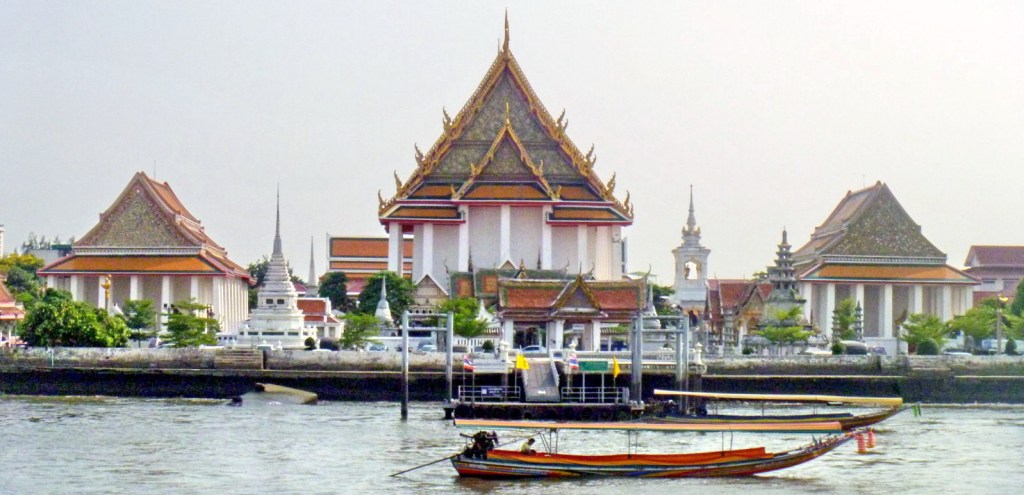From Bayugin Falls, we continued on our way until we finally reached Lake Bulusan, in Brgy. San Roque, Bulusan, by mid afternoon. At this time, the broad daylight provided a mystical shadow effect of the greenery to the emerald green water. This small, round crater lake, known as the “Switzerland of the Orient” (minus the pine trees, alpine forests or ice caps) due to its lovely, spectacular scenery, is located at an elevation of 635 m. on the southeast flank of Mt. Bulusan volcano.
| Tranquil Lake Bulusan |
The Department of Tourism has declared Bulusan as a Tourist Zone due to the fact that it has the biggest share of Bulusan Volcano National Park (BVNP) in terms of land area, 43% or 1,580.20 out of 3,673.30 hectares. Six of the town’s barangays are located within the national park and all are ingress and egress points to this protected area. The lake, currently manged by volunteers of AGAP-Bulusan, is surrounded by lush, awesome and breathtaking forests containing endemic species of plants such as Forestia philippensis, Pinanga insignis and the newly discovered Schefflina bulusanicum and Pronephrium bulusanicum; jade vine (Stronglylodon macrobothrys); ground orchids (Phojus tankervillea); tall, centuries-old tindalo (Afzeliarrhomboidea) trees and mountain agoho (Casuarina rumphiana).
| The newly-acquired aqua cycles |
A carefully designed concrete pathway rims the lake, affording the visitor a pleasant, serene and leisurely nature walk. However, Bernard and I weren’t here for the walk. We were here to do some kayaking, a refreshing, non-polluting outdoor activity in the lake. Aside from tandem kayaks (rented for PhP100 for 30 mins.), canoes and rowboats, there are also 6 colorful aqua cycles (or water trikes) just recently turned over, early this year, by the provincial government to the municipality..
| Bernard and I kayaking Lake Bulusan |
Bernard and I donned life jackets and were each assigned our paddle and tandem kayak. Once on our kayaks, we started paddling along the lake’s 2,006 m. long perimeter, admiring the lake’s calm, emerald green waters and the park’s impressive and lush old growth forest of dipterocarp trees and endemic species of plants. Overhead, a soaring eagle kept us company. Truly a postcard-pretty sight. It was already dusk when we returned to shore and, after a merienda of maruya, brewed coffee and soft drinks at the BVNP Visitor’s Center, said goodbye to our gracious hosts, returned to our vehicle and continued on our way to Sorsogon City.
| The BVNP Visitor’s Center |
AGAP-Bulusan, Inc.: Bulusan Social Development Center (BSDC) Bldg., 262 Sesbreno St., Brgy. Dapdap, Sorsogon City, Sorsogon. Mobile numbers: (0918) 457-8767 and (0908) 896-8826 (Mr. Philip Bartilet). Email: agapbulusan@yahoo.com.ph.











